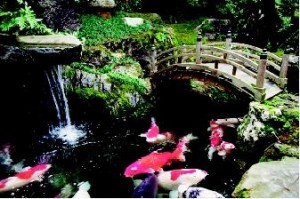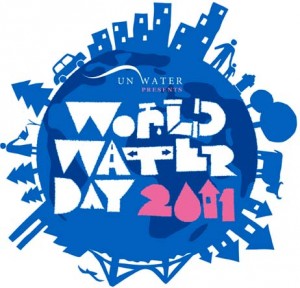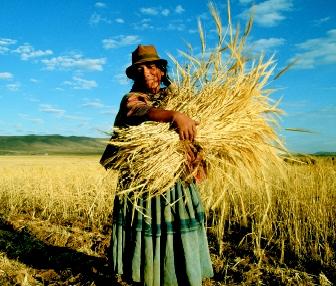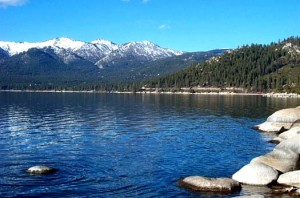Aquaculture, a type of agriculture, is the practice of cultivating aquatic animals and plants in managed aquatic environments. Aquaculture in salt-water or marine environments is called mariculture. Fish culture, or pisciculture, refers to the husbandry of finfish . The most popular aquaculture species are finfish grown in fresh waters, accounting for over 40 percent of total aquaculture production (U.S. Department of Agriculture, 1998).
Ancient and Modern Aquaculture
Aquaculture has a long history, but for much of the world it remains somewhat of a novelty, being practiced less than agriculture or capture fisheries .
Although carp ponds are rooted in antiquity, they are still popular today, and enthusiasts worldwide maintain associations devoted to these fish. Shown here are colorful koi, originally bred from the common grass carp, swimming in a pond at a Japanese garden and teahouse. Carp have religious and cultural significance in Asia and other parts of the world. Read more












